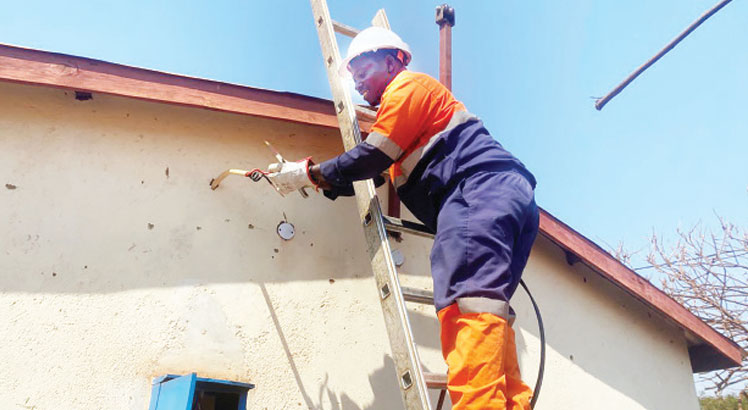Energy, stability key for atm+m—w. Bank
The World Bank says while attaining macroeconomic stability is key to promoting private sector participation in sectors hoped to drive economic growth, access to energy is critical.
Mining alongside agriculture, tourism and manufacturing collectively called ATM+M strategy is expected to be a catalyst for economic growth.
Speaking in an interview on the sidelines of the Malawi Institute of Procurement and Supply 2025 Annual Lakeshore Conference in Mangochi, World Bank country manager Firas Raad said for the strategy to succeed, stability will ensure that more private actors come in and invest while access to energy will affirm operations at full scale.
He said: “Stability will boost the ATM+M strategy and make sure that the country is on a path to reach the 2063 targets, the targets that it set for itself.
“You also need to open up the system to ensure that there is enough private sector confidence and there you need to tackle issues around critical infrastructure such as access to energy.

Raad said they hope that the $350 million (about K626 billion) grant for the Mpatamanga Hydropower Storage Project, the country’s largest energy investment to date, expected to generate 1 544 gigawatt-hours of clean energy annually once operational in January 2031, will boost production and power mining companies.
“The mining companies are slowly coming online and over the next five to 10 years, they will need an increased level of power,” he said.
Meanwhile, the Bretton Woods institution has announced that Malawi as met the conditions of effectiveness of the financing agreement for the Mpatamanga Hydropower Storage Project.
Consequently, the financing agreement became effective on August 26 2025.
The development comes at a time Malawi is grappling with power outages due to a generation deficit that has seen Electricity Supply Corporation of Malawi supplying 350 megawatts (MW) of power against peak hour demand of 413MW.
Malawi currently has total installed capacity of 554MW with 401.8MW from hydro power, 101MW through solar power and 51.4MW from diesel-powered generators.
As at June 2024, the mining development projects in the pipeline required at least 230MW, according to the Presidential Delivery Unit.
Ministry of Energy, on the other hand, projects electricity generation capacity to reach 1 620MW by 2030, which is way below the 5 000MW target to turn Malawi into a lower middle-income economy by 2030.
Among key generation projects the ministry is banking on include the gas power plant of 50MW, Wovwe, Nyika Mbongozi and Thyolo hydro power plants, which will add 320MW and the 300MW Mpatamanga Hydro Power Plant between 2028 and 2030.
In 2020, President Lazarus Chakwera challenged the power sector players to increase electricity generation to 1000MW by 2025. However, the target has been missed.
In an interview on Sunday, former Electricity Supply Corporation of Malawi chief executive officer Kandi Padambo observed that all sectors, including agriculture, tourism, mining and manufacturing have been begging for energy for far too long, adding that any increase in the country’s generation capacity is a welcome development.
Chamber of Mines and Energy national coordinator Grain Malunga said more efforts are required to boost energy supply for industrialisation, adding that energy access is fundamental to reducing poverty, fostering economic growth and attracting private investment.
Minister of Energy Ibrahim Matola is quoted as having said that the ATM+M strategy requires enough energy supply for it to bear fruits.
The mining sector’s contribution to the economy has been hovering at around one percent, but in 2010, its contribution to the economy peaked at 10 percent when Kayelekera Mine was in full swing.





